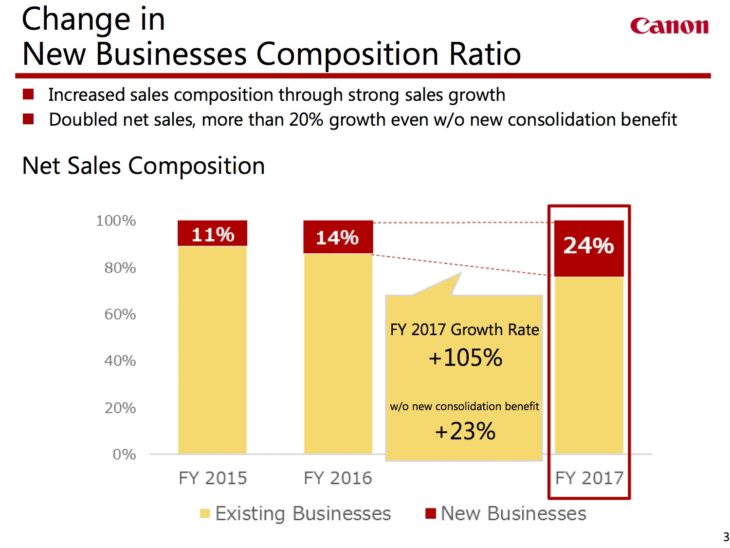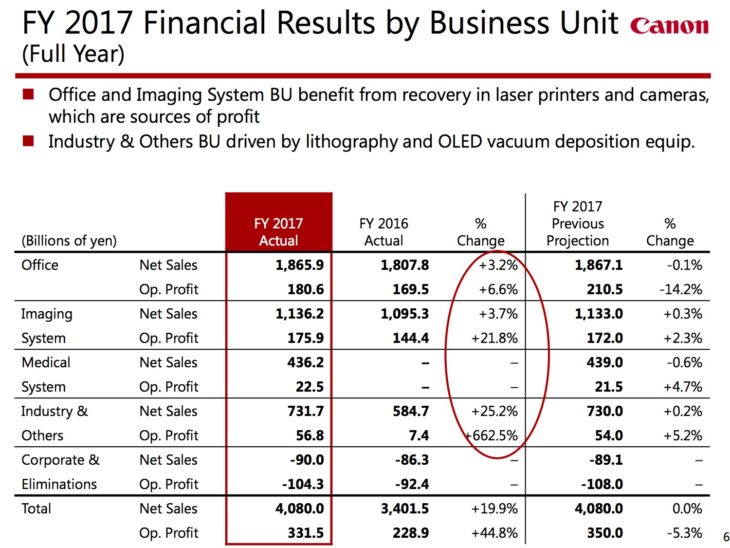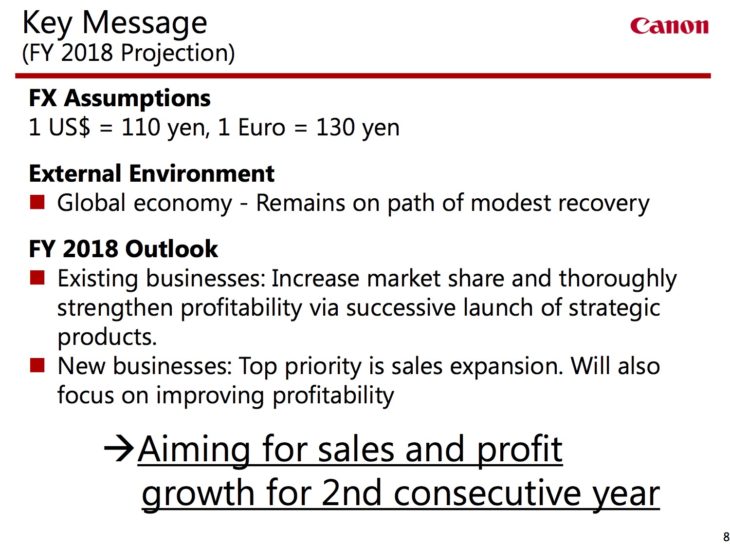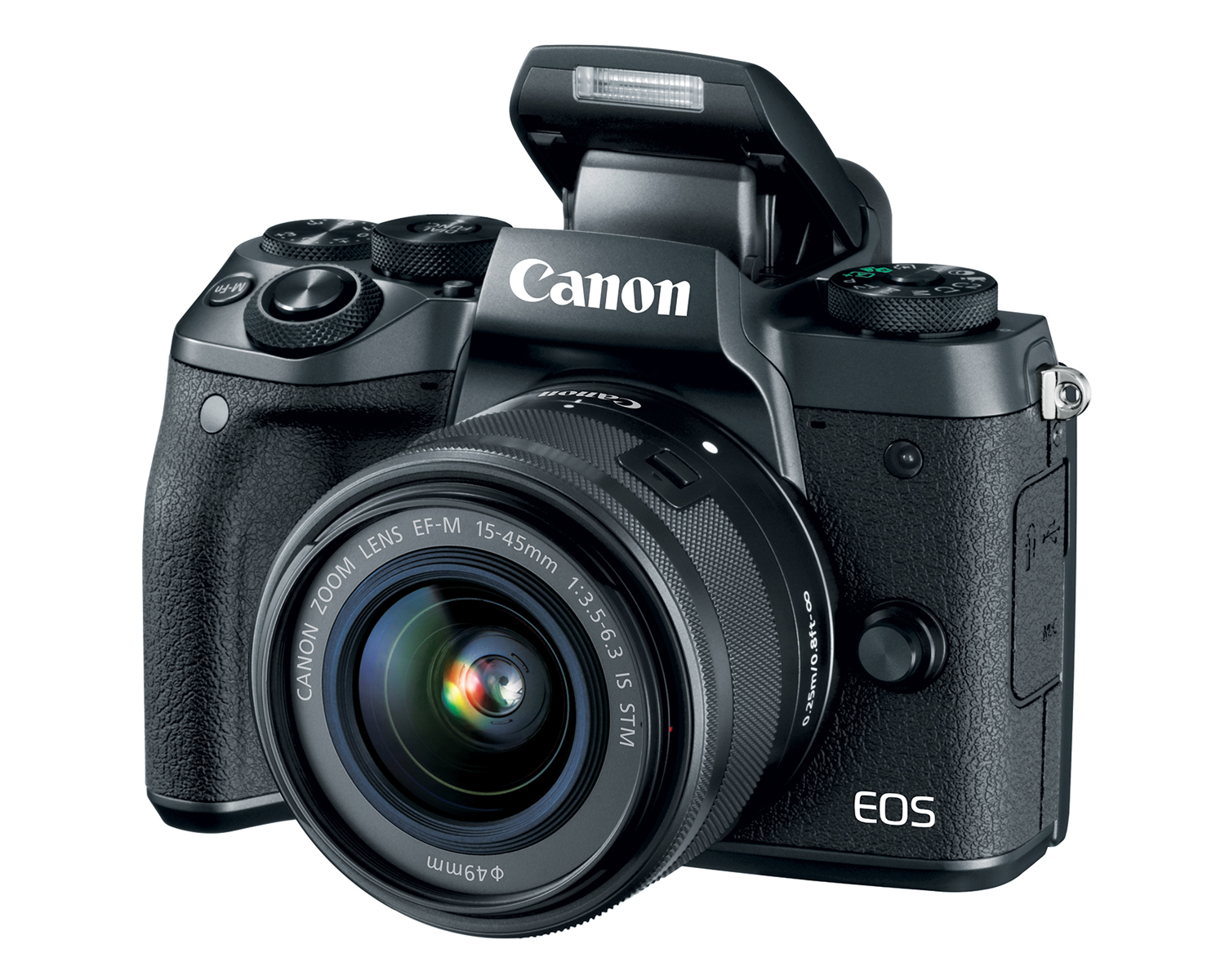
Nikkei Asian Review pays tribute to Canon’s amazing lens line-up, the best money can buy. 93 among EF and Cine lenses.
TOKYO — Quite a few photography buffs will tell you: The lens makes the camera. And for storied single-lens reflex camera manufacturers like Canon, lenses might be the secret to surviving the era of smartphone ubiquity, too.
The market for digital cameras peaked in 2010 and has been shrinking ever since. As smartphone cameras improve, fewer and fewer consumers see a need to lug around an SLR, or even a compact point-and-shoot. Shipments of single-lens cameras fell 11.1% on the year in 2016, by volume.
In response, camera companies are looking for a new niche, with features not found in smartphone cameras. Lenses — from super telephoto models to ultrawide angles — offer the manufacturers myriad ways to differentiate themselves.
Over three decades, Canon has produced more than 130 million EF (Electro-Focus)-mount lenses for its SLRs, carving out a leading market share in Japan. The country’s lens market has been shrinking since 2012, but this year it is expected to return to growth, and Canon is once again asserting itself with a wide variety of products.
Even as the domestic lens market was declining, Canon continued to ramp up production by 10 million units a year, on average. Total output of EF lenses surpassed 50 million units in 2009 and 100 million in 2014.
Read at Nikkei Asian Review








